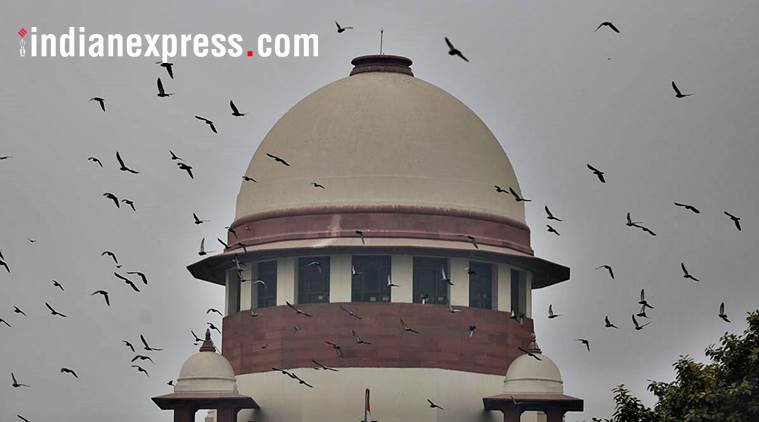 The Supreme Court asked the Centre “to give full support to the COB and place necessary funds at its disposal.”
The Supreme Court asked the Centre “to give full support to the COB and place necessary funds at its disposal.”
Investigation into criminal cases will not be the same anymore as the Supreme Court has given green signal to a Central plan to introduce videography in investigations and asked the Ministry of Home Affairs (MHA) to set up a Central Oversight Body (COB) to implement it.
“…we are of the considered view that notwithstanding the fact that as of now investigating agencies in India are not fully equipped and prepared for the use of videography, the time is ripe that steps are taken to introduce videography in investigation, particularly for crime scene as desirable and acceptable best practice as suggested by the Committee of the MHA to strengthen the Rule of Law. We approve the Centrally Driven Plan of Action prepared by the Committee and the timeline as mentioned above. Let the consequential steps for implementation thereof be taken at the earliest”, a bench of Justices A K Goel and R F Nariman said in its April 3 judgment.
The court said the “COB may issue directions from time to time…The COB will be responsible for further planning and implementation of use of videography.” It asked the Centre “to give full support to the COB and place necessary funds at its disposal.”
The bench directed the body to issue appropriate directions “so as to ensure that use of videography becomes a reality in a phased manner and in first phase of implementation by 15th July, 2018 crime scene videography must be introduced at least at some places as per viability and priority determined by the COB.”
In another direction that will strengthen the check against human rights abuses in police stations and prisons, the bench directed that a central oversight mechanism be created in all states to study footages of CCTV cameras in prisons and police stations —these were installed following an earlier order of the apex court — and “periodically publish report of its observations”.
It entrusted COB with the responsibility of issuing “appropriate instructions in this regard at the earliest.” The body, it said, may compile information about compliance of its orders in the next three months and submit a report.